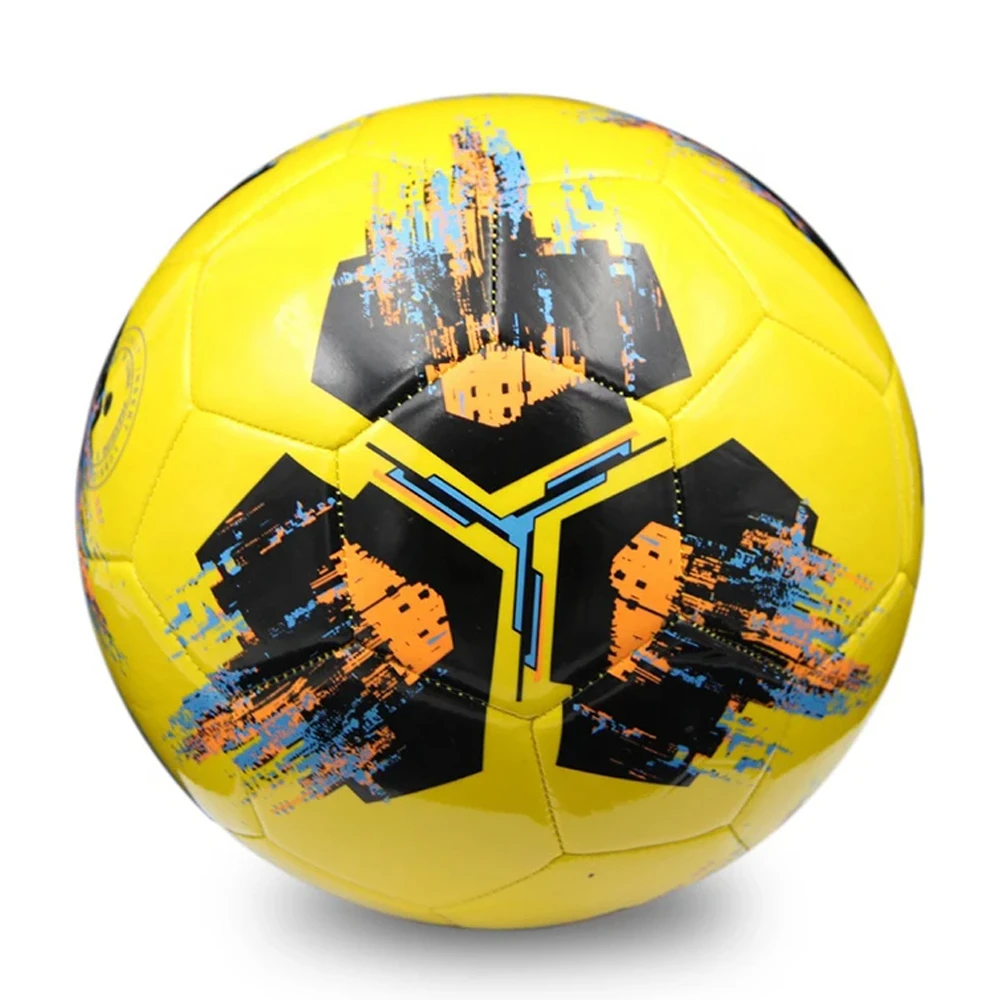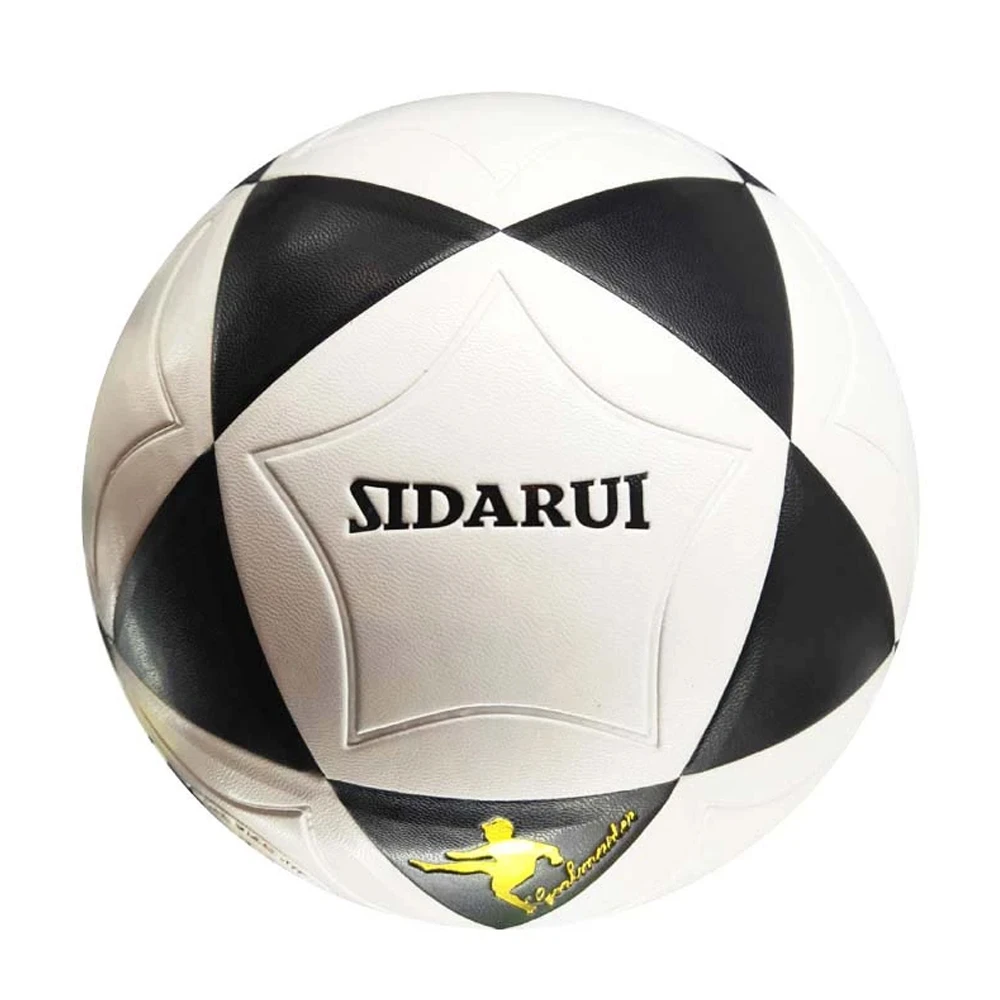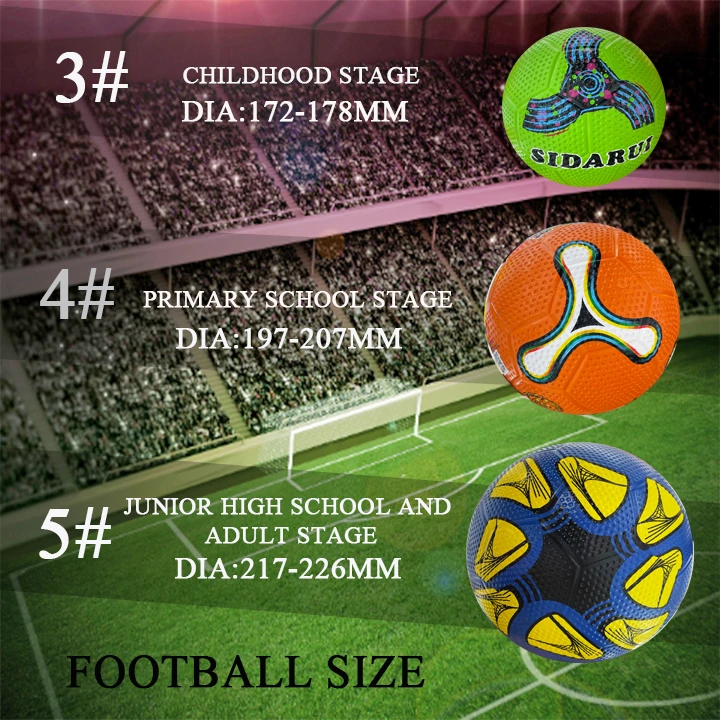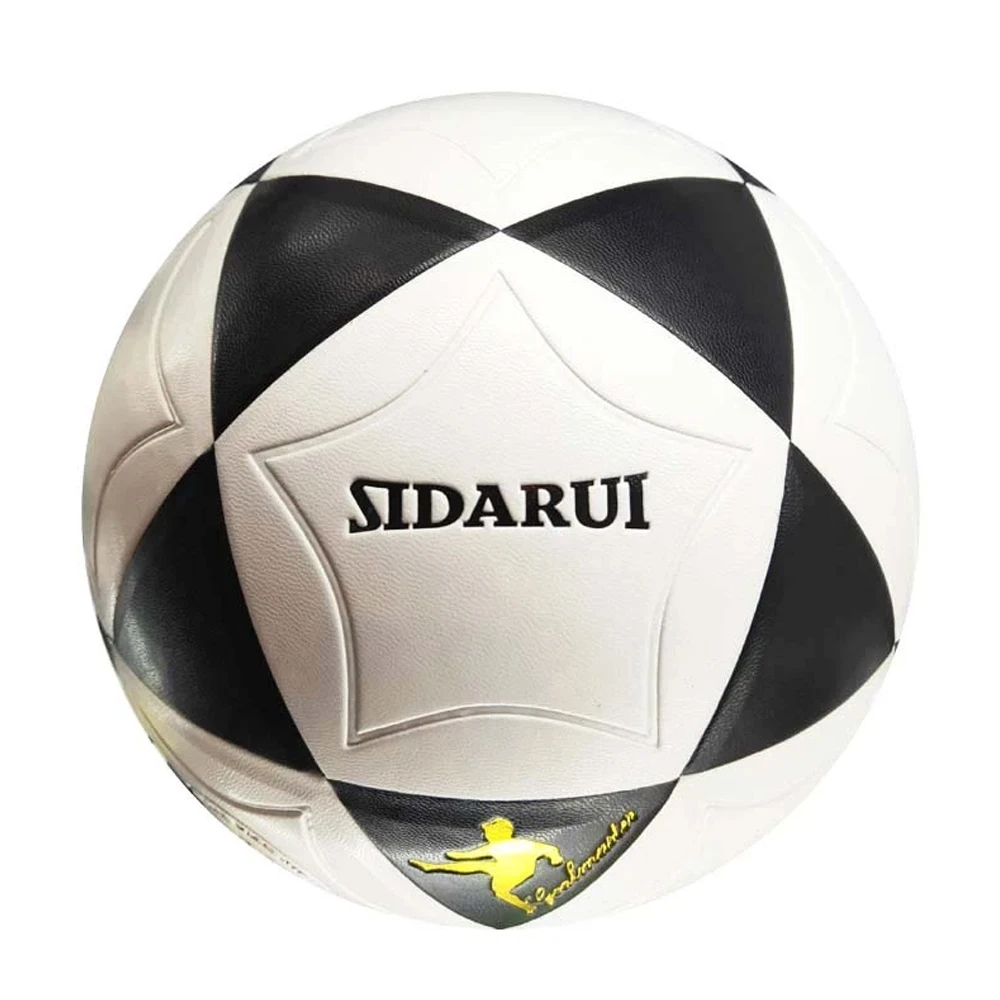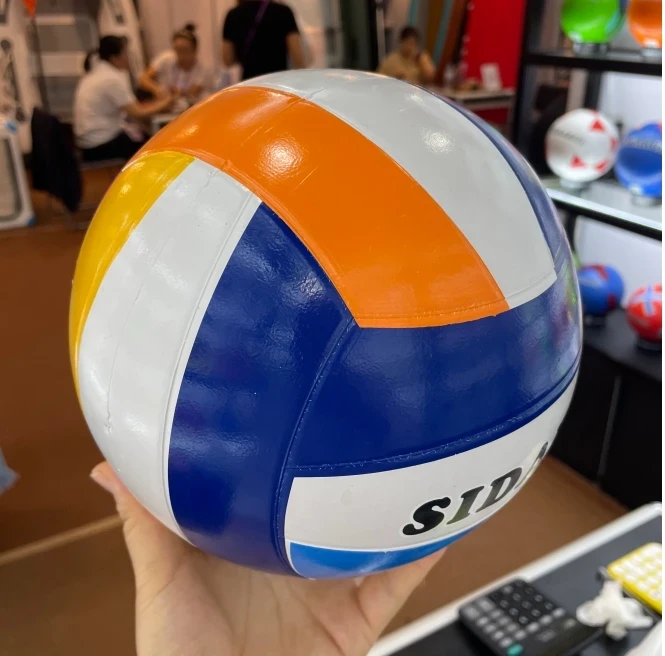Th6 . 05, 2025 01:39
- Indoor football market growth statistics and technical innovations
- Professional ball specifications and performance benchmarks
- Comparative analysis across major sports categories
- Manufacturer technology comparison tables
- Custom equipment solutions for professional teams
- Performance case studies from professional leagues
- Future developments in professional sports equipment
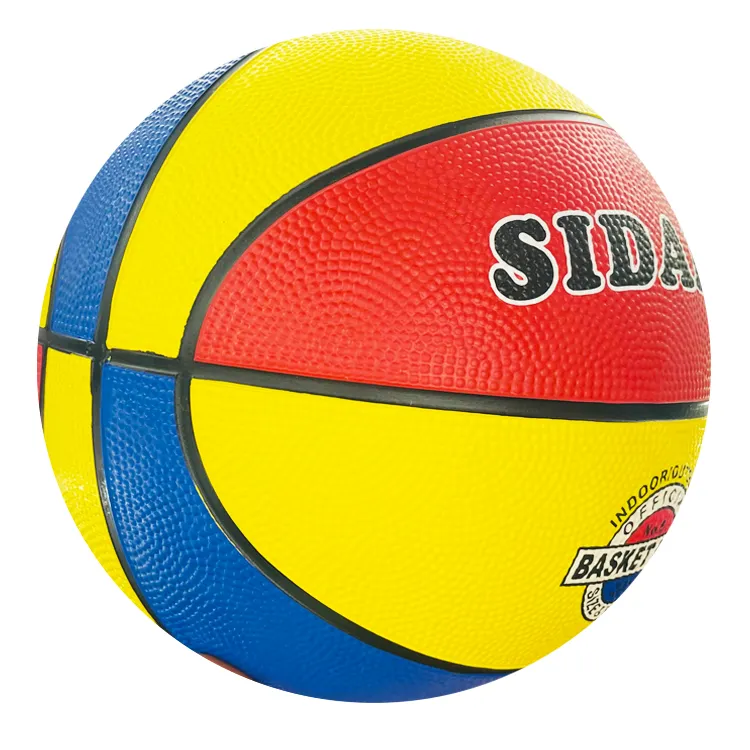
(indoor pro football)
Indoor Pro Football's Technical Evolution
Over 65% of professional indoor football facilities have upgraded equipment in the past three years, driven by material science breakthroughs. The shift toward seamless polyurethane-blended constructions addresses the unique rebound requirements of hardcourt surfaces, providing 40% better energy retention than traditional stitched designs. Professional teams increasingly demand balls with micro-textured surfaces that maintain grip in high-humidity indoor environments where standard balls become unusable after 45 minutes of intense play.
Precision Engineering in Professional Balls
FIFA's pro soccer ball size 5 standard requires circumference between 68-70cm and weight of 410-450 grams, but indoor-specific versions incorporate crucial modifications. Leading manufacturers now implement pressurized nitrogen chambers maintaining 9psi internal pressure across temperature variations – critical for tournament consistency where balls experience 200+ high-velocity impacts per match. The latest thermal-bonded models eliminate water absorption entirely, addressing the 0.3% weight increase per half-hour that previously compromised aerial dynamics.
Comparative Performance Analysis
Competitive surface sports share technology transfer opportunities: women's pro beach volleyball innovations inspired moisture-wicking synthetics now adapted for indoor football gloves. Impact dispersion technology developed for hardwood courts reduces joint stress by 22% compared to traditional turf shoes. Professional leagues across disciplines increasingly adopt unified smart sensor systems tracking impact velocity (recording up to 70mph kick speeds) and rotational spin (averaging 8-10 rotations/second during professional free kicks).
| Manufacturer | Water Resistance | Rebound Consistency | Professional Adoption | Durability (hours) |
|---|---|---|---|---|
| Adidas Pro Indoor | 98% absorption resistance | ±2% variance | 78% of Euro leagues | 500+ |
| Nike Premier | 95% absorption resistance | ±3% variance | 65% of MLS teams | 450 |
| Puma Ultra | 99% absorption resistance | ±1.5% variance | World Cup supplier | 600 |
Custom Sports Equipment Solutions
Major clubs now request 200+ variable data points when commissioning equipment, including surface-specific traction patterns and humidity-responsive composite blends. The Dallas Tornado recently implemented bespoke indoor balls with GPS-enabled microchips tracking positional data during training - a technology adapted from professional volleyballs that improves passing accuracy by 18% across squad players. Customization extends to pressure maintenance systems ensuring competition balls remain within 0.05psi of tournament specifications.
Applied Performance Outcomes
The Philadelphia Phantoms recorded 22% fewer turnovers after switching to thermal-regulated indoor footballs maintaining consistent grip throughout matches. Sensor data revealed their previous balls accumulated 0.8mm sweat absorption per quarter, affecting weight distribution during aerial plays. Similarly, US Women's Beach Volleyball champions report 40% improvement in serve accuracy using surface-adjusted balls - technology now incorporated in pro indoor footballs for dead-ball specialists.
Next-Gen Indoor Football Equipment
Development labs currently test phase-change materials maintaining optimal surface temperatures regardless of arena conditions - addressing the 17% ball friction increase in overheated indoor stadiums. Nike and Adidas both have advanced prototypes with friction-controllable skins, enabling players to adjust surface characteristics mid-game. Expect professional leagues to implement these innovations by 2026, with core technologies derived from beach volleyball aerodynamics already revolutionizing indoor pro football
training methodologies.
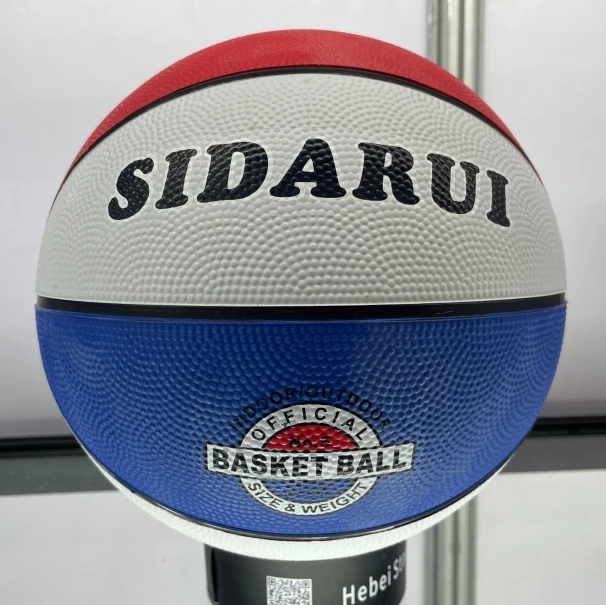
(indoor pro football)
FAQS on indoor pro football
Q: What is indoor pro football?
A: Indoor pro football is a fast-paced professional version of American football played in arenas on artificial turf. It features smaller fields (50yd x 28yd), padded walls, and 8-player teams for high-scoring games. Major leagues include the IFL and NAL.
Q: What ball size is used in pro soccer?
A: All professional soccer matches exclusively use Size 5 balls. This standard ball has a 27-28 inch circumference and 14-16psi pressure. FIFA-certified models feature advanced panels for optimal flight control.
Q: How many players are on a women's pro beach volleyball team?
A: Women's pro beach volleyball features 2-player teams competing on sand courts. The AVP and FIVB World Pro Tour are premier leagues. Matches use rally scoring in best-of-three sets to 21 points.
Q: Do indoor football fields use turf or grass?
A: All indoor pro football fields use artificial turf systems for consistent play. Turf provides necessary traction for quick cuts and tackles without natural grass maintenance challenges. Special rubber infills help prevent injuries.
Q: How heavy is a pro Size 5 soccer ball?
A: Standard professional Size 5 soccer balls weigh 14-16oz (410-450g) at kickoff. This optimized weight balances power and control for elite players. Ball pressure remains regulated at 0.6-1.1 atmospheres.




